I’m interested in material and visual culture, and am excited to explore those things through the museum’s collection. I’m looking forward to seeing what I can learn about the Sunshine Coast through working at the museum and having access to all the historical documents, artifacts, and photos here. This job will be a great way to learn about all the different facets of museum work, and I’m especially excited to learn about artifact handling and preservation. Over my summer at the museum I hope to be able to help maintain and run the museum, as well as learn more about the Sunshine Coast and its history.

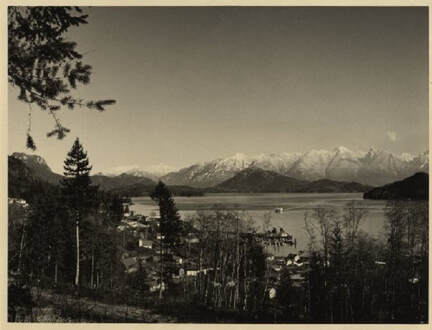
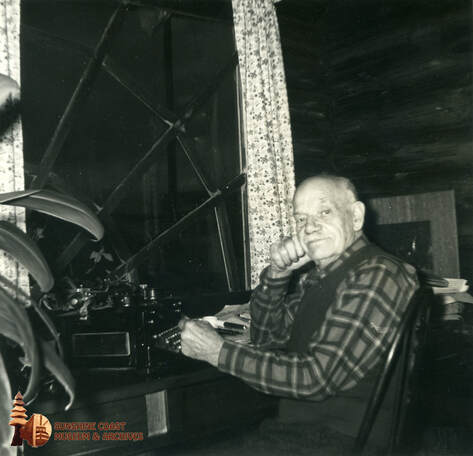


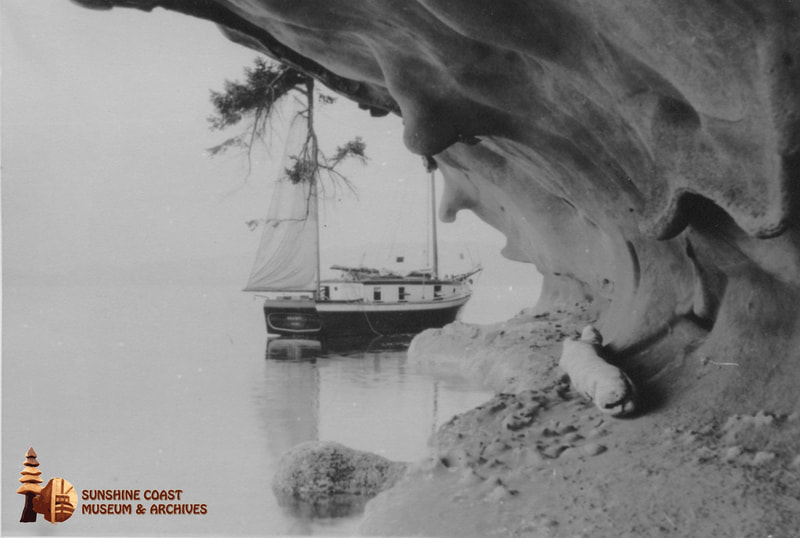


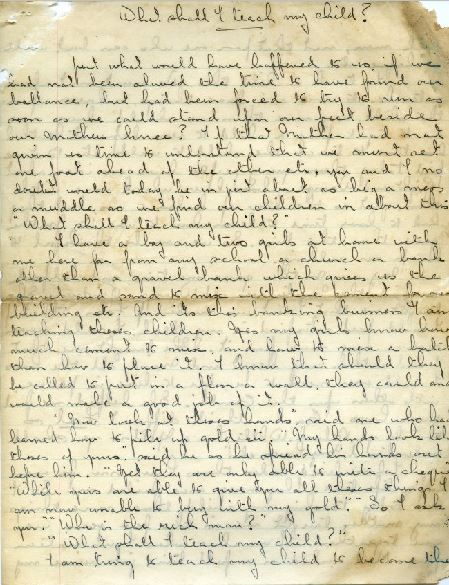
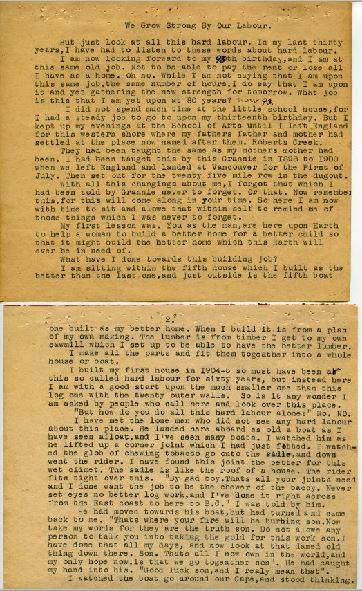

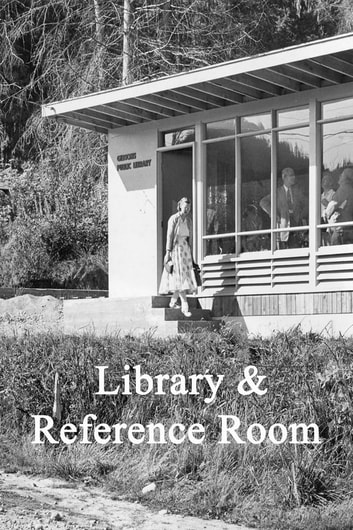

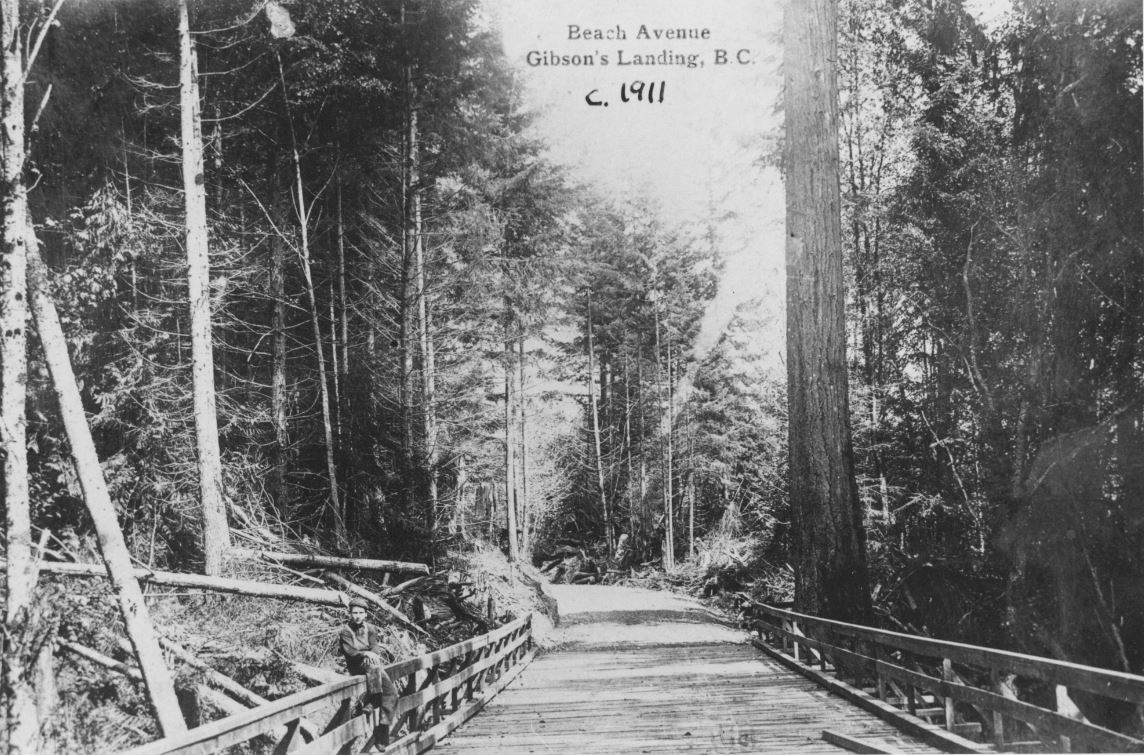

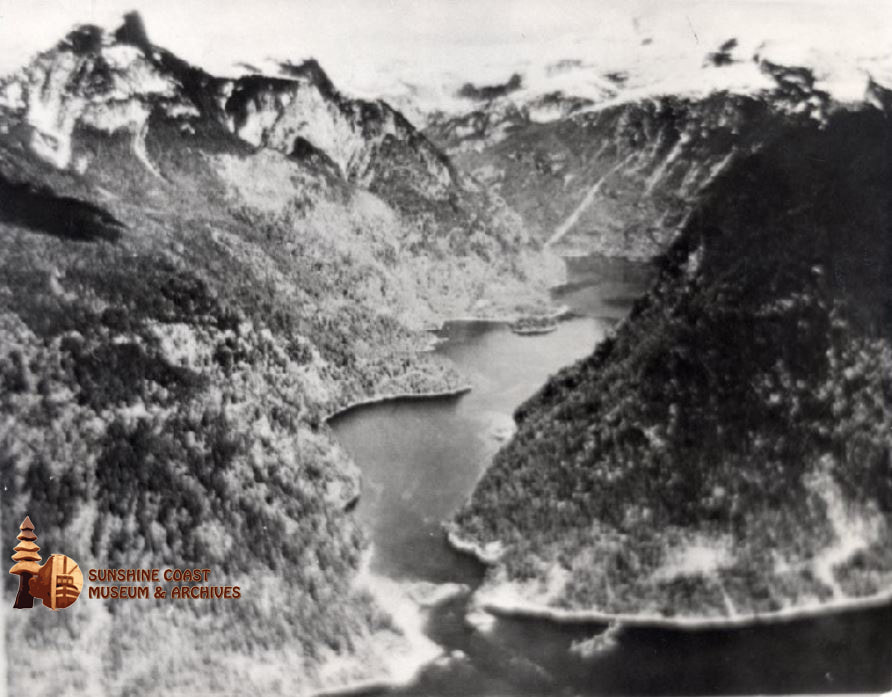

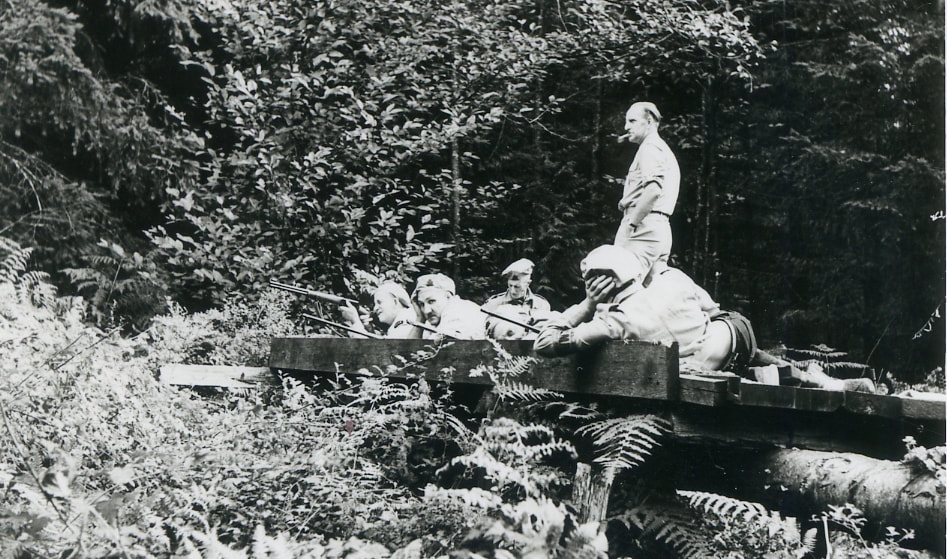


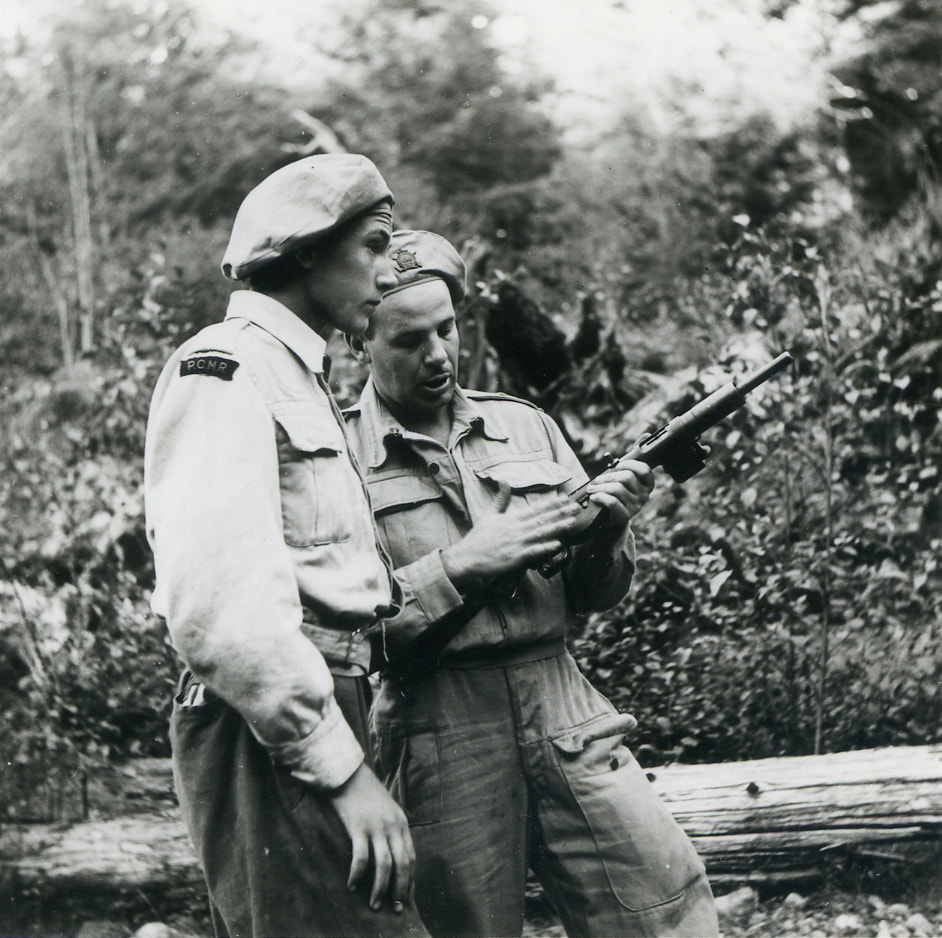
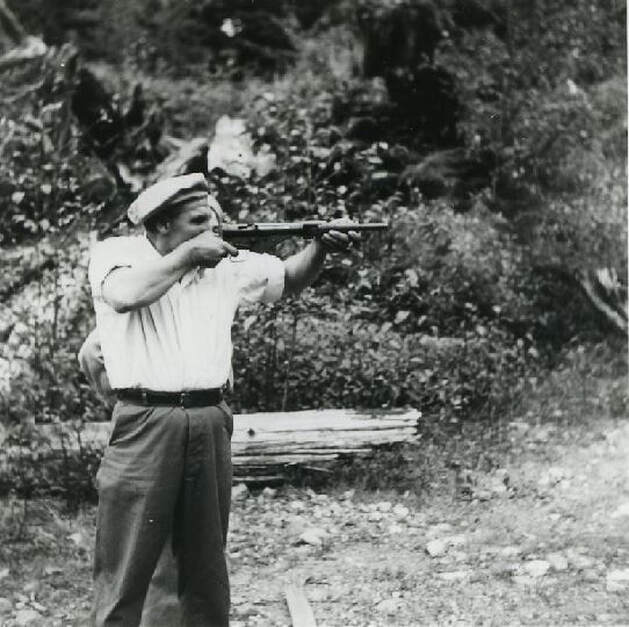
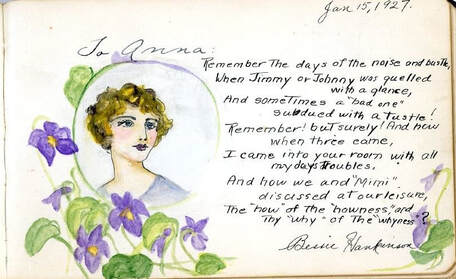








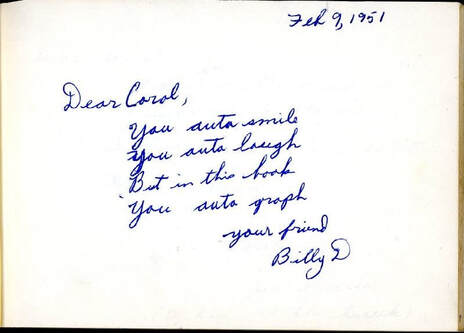


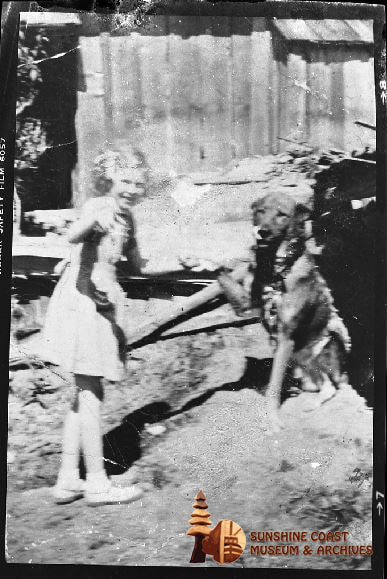
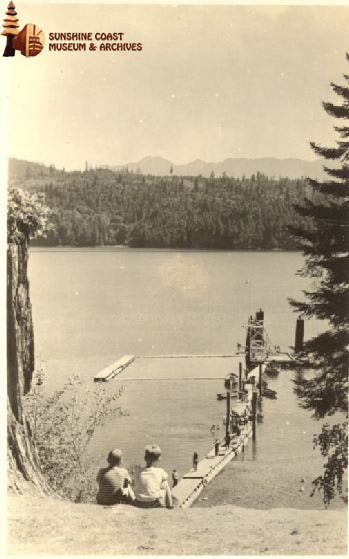
 RSS Feed
RSS Feed
